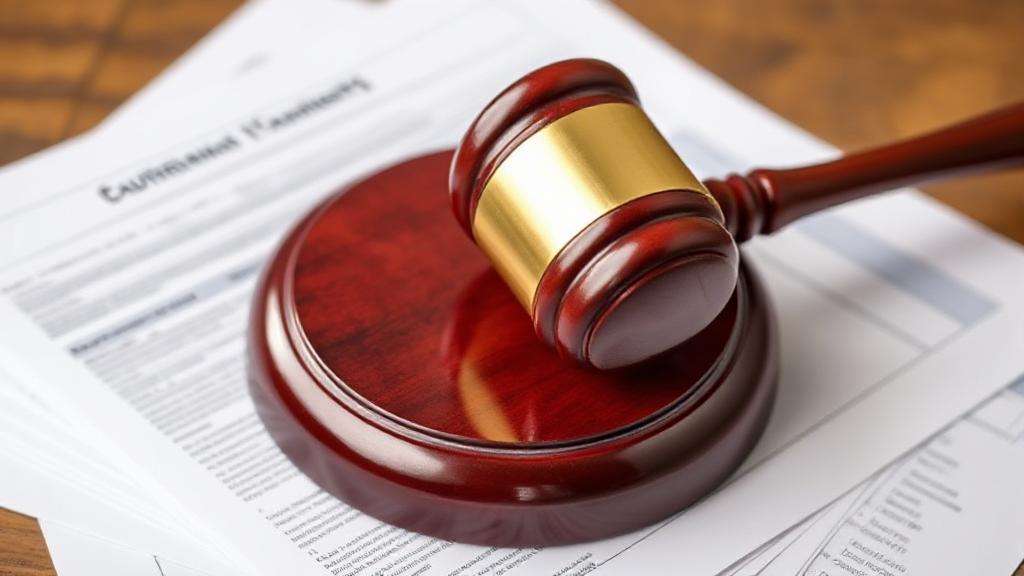Introduction to Chapter 7 Bankruptcy
Chapter 7 bankruptcy, often referred to as "liquidation bankruptcy," is a legal process designed to help individuals or businesses eliminate most of their unsecured debts. This form of bankruptcy is typically sought by those who are unable to repay their debts and are looking for a fresh financial start. However, not everyone qualifies for Chapter 7 bankruptcy, and there are specific debt requirements and eligibility criteria that must be met.
Eligibility Criteria and Means Test
The means test is crucial for determining Chapter 7 eligibility. Your income must be:
- Below your state's median income for your household size, or
- Low enough after allowed expenses to show you cannot pay your debts
The means test compares the debtor's average monthly income over the past six months to the median income for a similar household in their state. If the income is below the median, the debtor may qualify for Chapter 7. If it's above, further calculations are required to determine eligibility.
Types of Qualifying Debt
Unsecured Debt
Most unsecured debts can be discharged through Chapter 7 bankruptcy, including:
- Credit card debt
- Medical bills
- Personal loans
- Utility bills
- Collection accounts
- Certain business debts
Secured Debt
While secured debts cannot typically be discharged, they play a role in qualification:
- Mortgage loans
- Car loans
- Property liens
- Equipment loans
Non-Dischargeable Debts
Some debts remain regardless of bankruptcy:
- Most student loans
- Child support
- Alimony
- Recent tax debts
- Court-ordered restitution
- Debts from fraud or malicious acts
Documentation Requirements
Required Financial Records
Pre-Filing Requirements
Credit Counseling
Must complete an approved credit counseling course within 180 days before filing.
Previous Bankruptcy Restrictions
- Cannot file if you've had a bankruptcy discharged within:
- 8 years for previous Chapter 7
- 6 years for previous Chapter 13
The Bankruptcy Process
Filing the Petition
The process begins with filing a petition including:
- A list of all creditors and amounts owed
- A detailed account of income and expenses
- A list of all assets and liabilities
Automatic Stay
Once filed, an automatic stay goes into effect, halting most collection activities, including:
Lawsuits, wage garnishments, and phone calls from creditors
Meeting of Creditors
A 341 meeting is scheduled where the trustee and creditors can ask questions about the debtor's financial situation.
Professional Guidance
Working with a qualified bankruptcy attorney is strongly recommended to:
- Evaluate qualification
- Ensure proper documentation
- Navigate complex requirements
- Protect assets
- Maximize debt discharge potential
For more detailed information, you can visit resources like Nolo's Guide to Chapter 7 Bankruptcy or the U.S. Courts Bankruptcy Basics.
